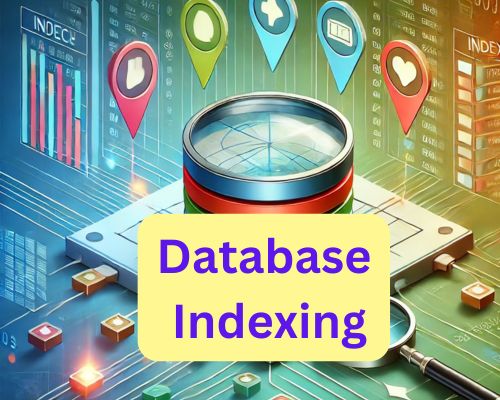Database Indexing: Meaning, Importance, Types, Working
In the realm of data management, database indexing is a critical yet often underappreciated concept. As the volume of data grows exponentially, efficient retrieval becomes a cornerstone of system performance. This article dives into the essence of database indexing, its types, and why it holds immense significance in modern applications, all while presenting the information … Read more
